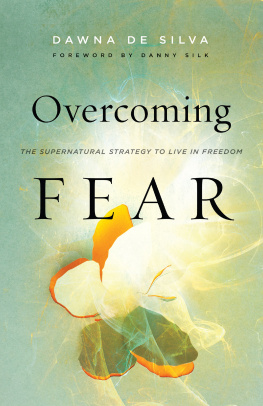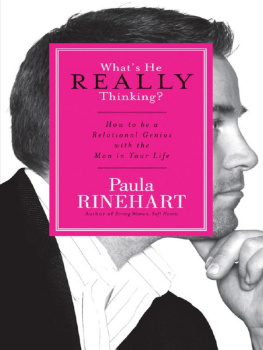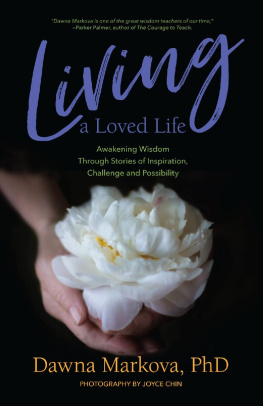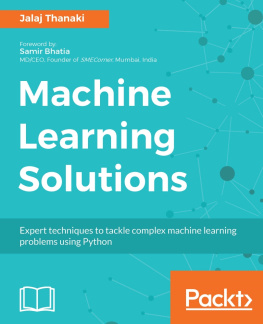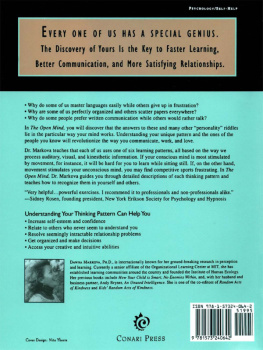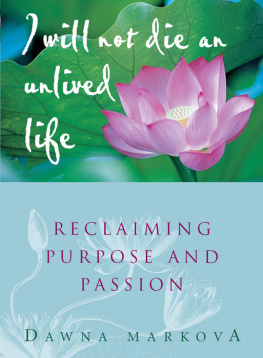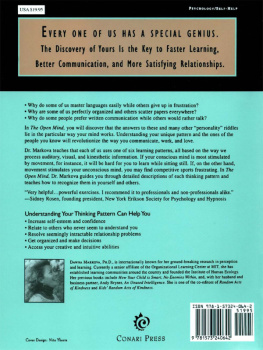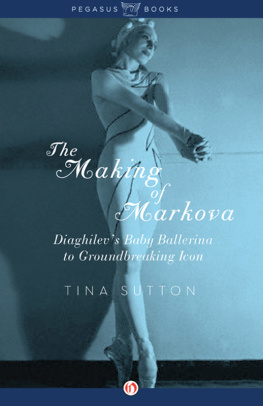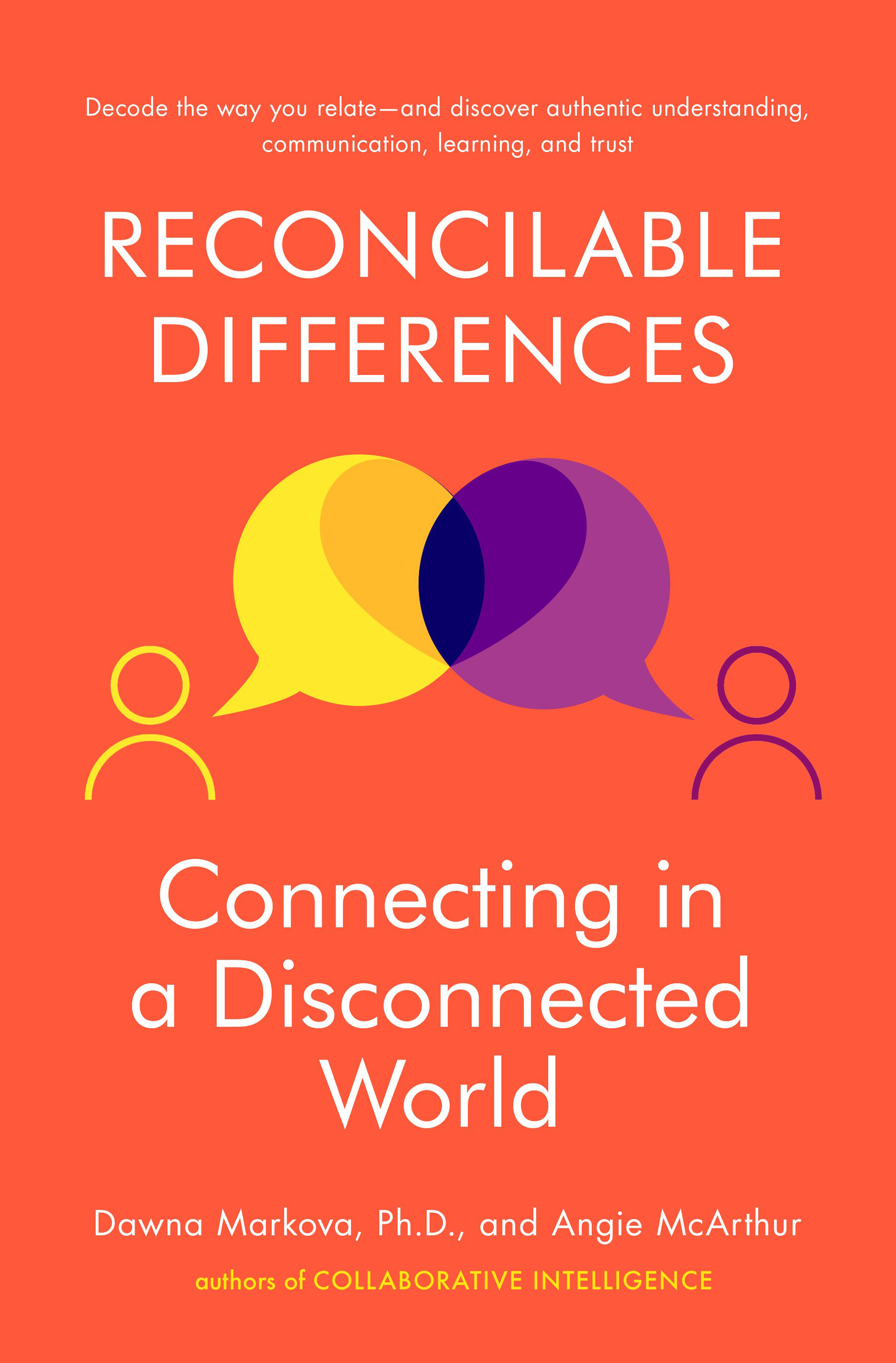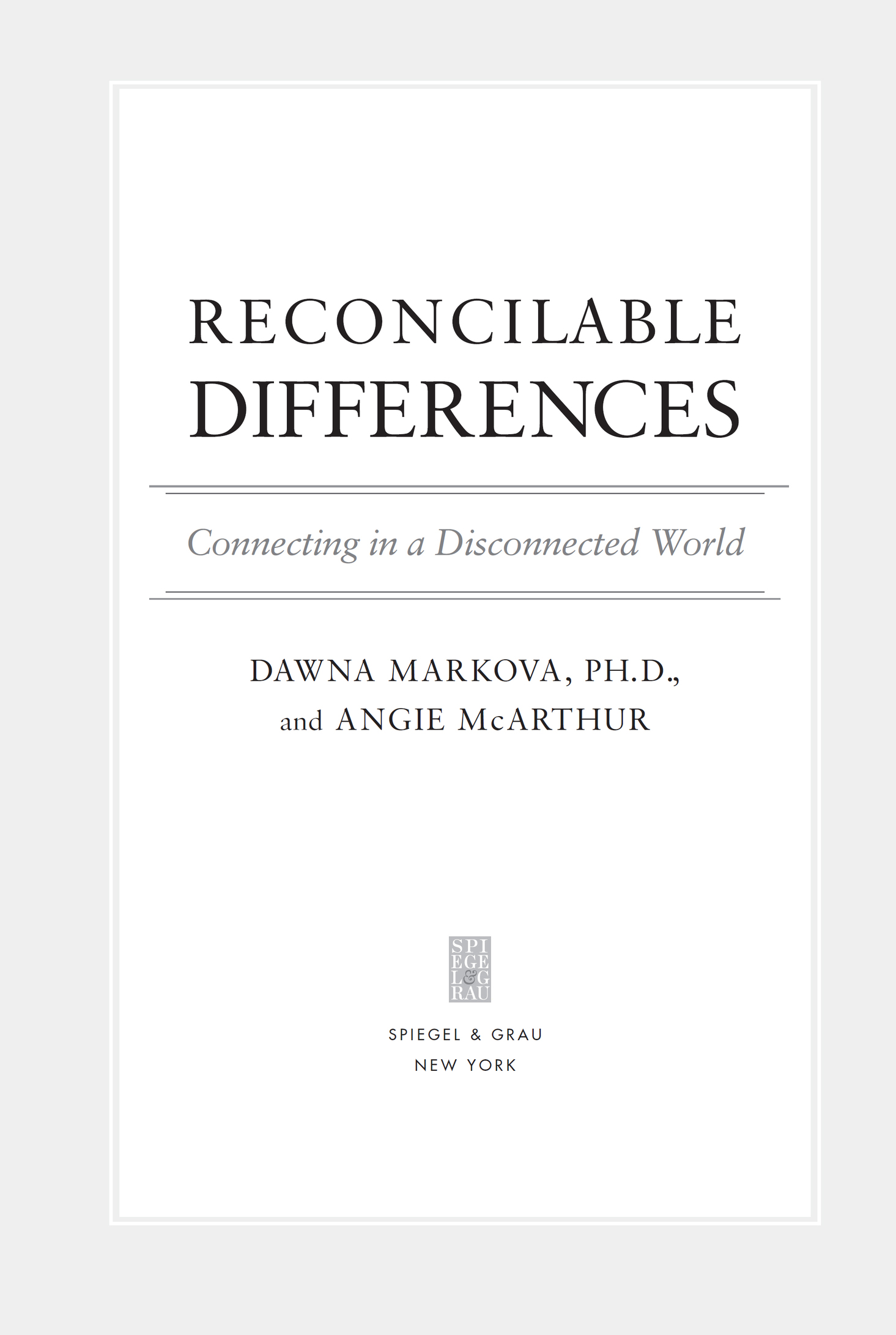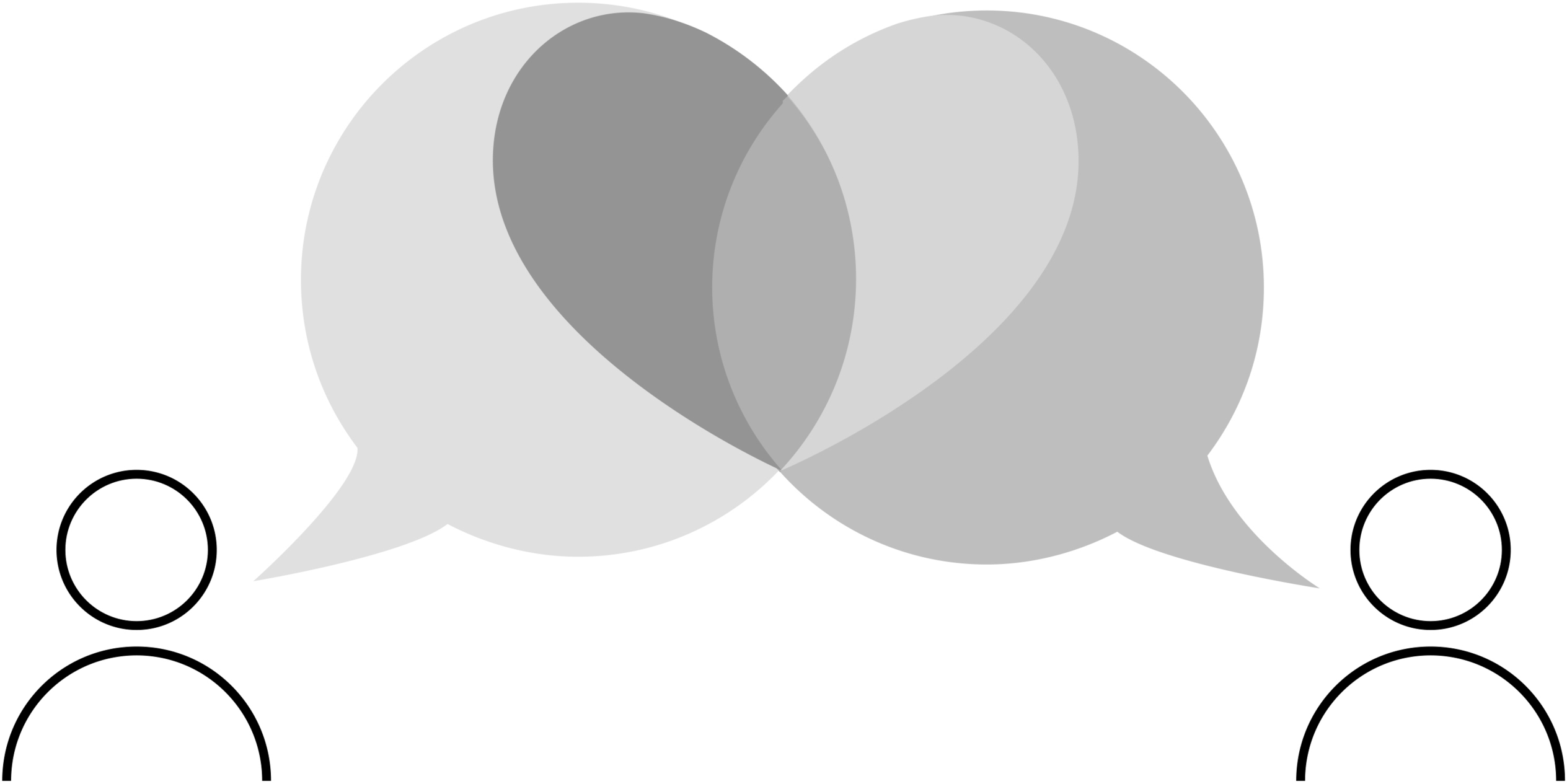Contents
Copyright 2017 by Dawna Markova, Ph.D., and Angie McArthur
All rights reserved.
Published in the United States by Spiegel & Grau, an imprint of Random House, a division of Penguin Random House LLC, New York.
S PIEGEL & G RAU and Design is a registered trademark of Penguin Random House LLC.
L IBRARY OF C ONGRESS C ATALOGING-IN- P UBLICATION D ATA
N AMES: Markova, Dawna, author. | McArthur, Angie, author.
T ITLE: Reconcilable differences : connecting in a disconnected world / Dawna Markova, Ph.D., and Angie McArthur.
D ESCRIPTION: First edition. | New York : Spiegel & Grau, [2017] | Includes bibliographical references and index.
I DENTIFIERS: LCCN 2016047878 | ISBN 9780812997071 (hardback) | ISBN 9780812997088 (ebook)
S UBJECTS: LCSH: Interpersonal communication. | Interpersonal relations.
C LASSIFICATION: LCC BF637.C45 .M345 2018 | DDC 158.2dc23 LC record available at https://lccn.loc.gov/2016047878
randomhousebooks.com
spiegelandgrau.com
Book design by Casey Hampton, adapted for ebook
Cover design: Devin Washburn and Greg Mollica
Cover illustration: Devin Washburn
Ebook ISBN9780812997088
v4.1
a
Understanding the human mind will be the greatest scientific adventure of the twenty-first century. Theres no more profound or worthy study than how we learn, think, understand, and communicate.
Charles Vest, former president,
Massachusetts Institute of Technology
AUTHORS NOTE
This book has grown out of many years of our individual and collective experience. And while stories and examples are based on actual events, many of the places, names, and specific details regarding individuals we have worked with have been changed. In addition, some of the stories are based on composites of several individuals.
CONTENTS
INTRODUCTION:
Navigating the Great Relational Divide
INTRODUCTION: NAVIGATING THE GREAT RELATIONAL DIVIDE
Vanity runs, love digs.
Gustave Thibon
The two of us have been digging in to reconcile the differences between us for fifteen years. What are we digging into? The thick, rich, confusing soil of the different ways we think, experience, and understand the world. It was clear within the first ten minutes of meeting that we are radically different. Put it this way: If the human brain is 95 percent water, Angies is like a still mountain lake and Dawnas is like a bubbling geyser. Dawna makes direct eye contact and tells provocative stories. Angie, on the other hand, looks off into the distance and asks evocative questions.
As mother and daughter-in-law, love (or even liking each other) was not a given. In fact, just the opposite. We both loved the same man, but in two very different waysas son and as husband. No law in the world could force us to turn toward each other. Mothers and daughters-in-law more often run from each other or, at best, tolerate each other rather than dig in.
Our clear differences have not, however, kept us apart or hindered our ability to work well together. A year after we met in 1996, our family started a consulting partnership. And in 2015, after two decades of teaching and learning what we came to call intellectual diversity with global leadership teams, we distilled the results of our digging and discovering into the ink of our first book together, Collaborative Intelligence: Thinking with People Who Think Differently.
Since weve had a tremendous amount at stake professionally, we have not been able to take the way we relate to each other for granted. Each of us had to sort through our cognitive differences as they arose, and decide which were givens, nonnegotiable: Angies love of early morning runs and Dawnas nocturnal biorhythm, for instance. We then assumed all the other differences were workablespreferences, styles, dispositions, and proclivities that we needed to dig into and work out. This required us to respect and maximize our differences. Angies need to question an idea from many angles, for example, helped us expand our thinking when we got stuck. Dawnas ability to think in stories helped us find meaning in challenges we faced.
With every new dimension we added to our business, friendship, and family dynamics, we have had to learn new ways to connect, understand, and harmonize our very different styles and ways of thinking.
Digging in means searching rather than knowing. Digging in means wondering, exploring. What is important to her? What really matters to me? What does she need now? What do I? What pisses her off? Whats the rope in the tumult of any storm that she can hold on to? Like two fervent golden retriever puppies after a bone, we have been tracking a scent. Thoreau said, Gnaw at it, bury it, unearth it, and gnaw it still. Dig in. We sniffed and scratched. Our understanding of each other grew. The questions and discoveries took us deeper into the humus of what could be possible. They carried us to the decision to write this book together.
Clients and friends have openly asked us how we do ithow two women who are so very different can be so in sync. We have come to respect and recognize that each person possesses many kinds of intelligence, including rational and relational. The former divides information into discrete facts, processes, and logic. Try to use your rational thinking when relating to someone who thinks differently than you do. Youll find yourself overthinking, trying to figure out whether you should say this or that, be this way or that way, do this thing or that thing. No matter how smart you are, your mind can become like a frustrated kitten tangled in a ball of yarn. The more you try to unravel the mess, the worse it gets. You become lost in your limited capacity to know or grow or relate to the mystery of your uniquely different ways of thinking.
Relational intelligence, on the other hand, connects things, creates meaning, and offers understanding about how to relate one thing or person to another. Most of us have been schooled in rational intelligence, but have never had specific formal training to foster relational intelligence. This is the bone the two of us have been digging to discover for twenty years, the answer to our clients and friends questions about how we do it: We have grown and never stop growing our relational intelligence.
The more wonder and discovery that are present between you and another, the higher the chances will be of that special kind of intelligence growing. Think for a moment about what its like to sing in harmony with another person. Each of you allows your voice to come forward, fall back, and then merge to create beautiful music. It can be the same when we relate. If you know how to discover it, there is a palpable energy, an intelligence between you that can facilitate each of you achieving far more together than you could alone.


